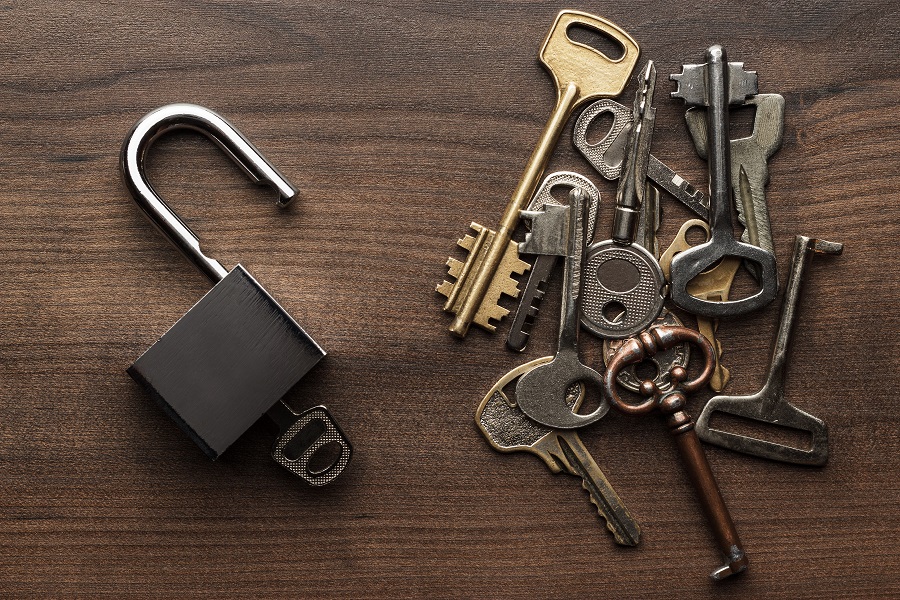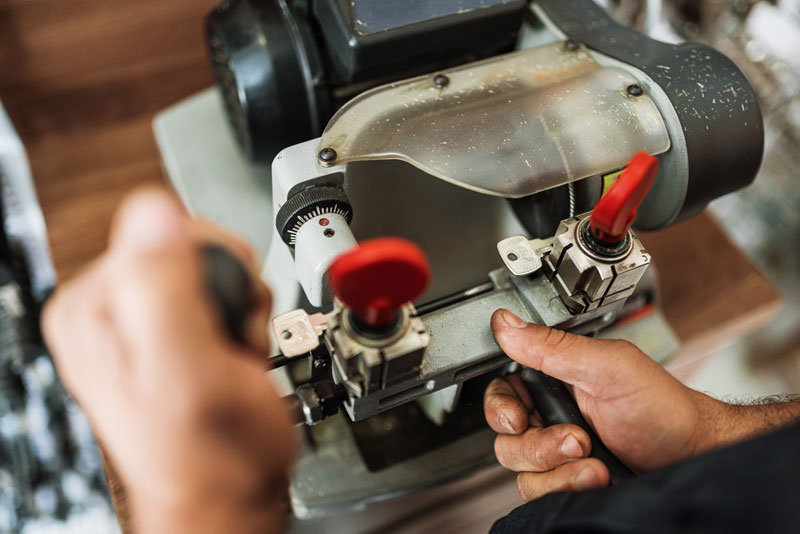Intruders frequently use this strategy to break the cylinder lock in two with sufficient force to obtain Intruders frequently use this strategy to break the cylinder lock in two with sufficient force to obtain access. If the cylinder cracks, the lock mechanism will become visible, and the intruder can unlock the door in a matter of seconds by manipulating the tool. Burglars widely use this tactic because it requires no special knowledge or training. It only requires some physical strength and an instrument such as a hammer or a screwdriver as its primary requirements. So, you need to have a key duplicate service to take steps to improve your security.
Understanding What Lock Snapping is
It is also called cylinder snapping, which is a technique that burglars frequently utilize because it does not need a high level of competence on their part. Because it does not require specialized knowledge or equipment, many people use this method. An intruder can quickly and easily enter your home by shattering the lock using only a hammer and screwdriver. This method is known as “lock picking.”
uPVC doors, which often use locks with a Euro profile cylinder, are the typical target for this method’s application. The safety has several different locking points; nevertheless, they are all controlled by a single cylinder, which can only be broken in half if sufficient force is applied. The cylinder can be shattered if the intruder applies pressure enough to it. When the lock on the house has been broken, gaining it is not a difficult task at all. Invaders can enter your home using everyday household items and grab everything they choose.
The Method of Lock Snapping
Lock snapping is a technique that involves breaking the cylinder of the lock, followed by manipulating the lock to open it. On the other hand, the cylinder is the door’s weakest link, and if it is broken, none of the other locking points will do their job.
How Do I Know If My Locks are Anti-Snap?
Anti-snap locks typically have the British Standard Kitemark engraved on the face of the lock, so checking for this is one way to determine whether or not you have these locks. If a lock has the BS Kitemark, you can presume that it is secure against snapping because the organization has requirements that it requires locks to satisfy; nevertheless, this is not always the case.
If you want to determine whether or not the locks on your door are anti-snap, you will need to remove the cylinder from the door and examine it for any particular lines. Suppose you do not have any prior expertise or training in locksmithing. In that case, it is highly recommended that you contact a professional key duplicate service who will be able to inform you whether or not your locks are anti-snap and replace them if they are not.
Break-In Protection with an Anti-Snap Lock
One weakness of older locks is that if they are broken in half, the lever can be shifted. The question, therefore, becomes, what exactly is an anti-snap lock, and how does its design differ from that of a standard euro cylinder? Some locks that claim to be snap resistant may just be built of more robust materials. Modern locks contain a “snap line” etched onto the cylinder body to prevent snapping. The lock still snaps in half when pressure is applied to it. However, it does so along the snap line rather than the locking mechanism.
Why is Lock Snapping Still Common?
What therefore gives would-be attackers a solid incentive to resort to locking snapping as a means of entry?
Lock Snapping is Fast
Every second counts when you’re trying to break into a house’s front (or back). An intruder’s chances of being caught increase if they remain on a crime scene for an extended period. They were snapping a lock only a few seconds of your time.
Lock Snapping is Easy
Lock-snapping is advantageous because it is easy to learn and requires no specialized education. Rather than spending many hours patiently threading needles into practice locks, use a proper instrument and a little raw force.
Lock Snapping is Discrete
Lock-snapping is less evident than breaking a window, for example. It won’t make much noise or make it difficult for the intruder to enter. Since fibres from clothing won’t get caught on sharp wood and glass, forensic evidence is also minimally left behind.
Methods By Key Duplicate Service Through Which Lock Guards Against Being Picked
- The possibility of the lock being snapped must be evaluated.
- By switching to cylinders with a euro profile, you can make your door anti-snap since tested cylinders with the SS312 Diamond approval have been shown to withstand this attack.
- Key maker near me also check that locks are installed correctly, as improper installation can cause locks to break.
- Euro locks come in various sizes, and it’s essential to ensure you’re installing the right cylinder for your door.
- Get in touch with a local MLA-approved key duplicate service for installation advice on both the front and back doors.
Is Your Lock at Risk of Being Snapped?
Locks that use a euro cylinder design and protrude more than 3mm from the handle are readily broken into. Use our handy guide to determine your locks’ precise make and model. Most uPVC doors use Euro cylinders in various sizes and profiles to fit any opening. Euro profiles are the most susceptible to lock snapping out of all the other types of shapes.
Conclusion
Burglars utilize a technique called “lock snapping” to break into uPVC, composite, and French doors and conservatories with euro cylinder locks. This technique takes advantage of the fact that the weak point of a double cylinder lock is in its central portion. Lock snapping attacks can be avoided simply by having a Key maker near me replace the Euro cylinder. In less than 2 minutes, an intruder armed with the necessary tools might snap your lock and enter your home. The risk of snapped your locks is real, but it can be mitigated using higher-quality hardware. Always keep an eye out for the British Kitemark and make sure the lock you buy is snap-resistant (Anti-Snap).

